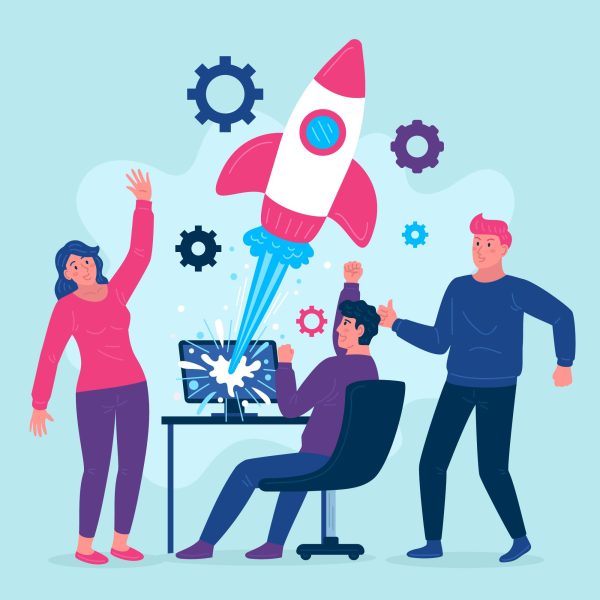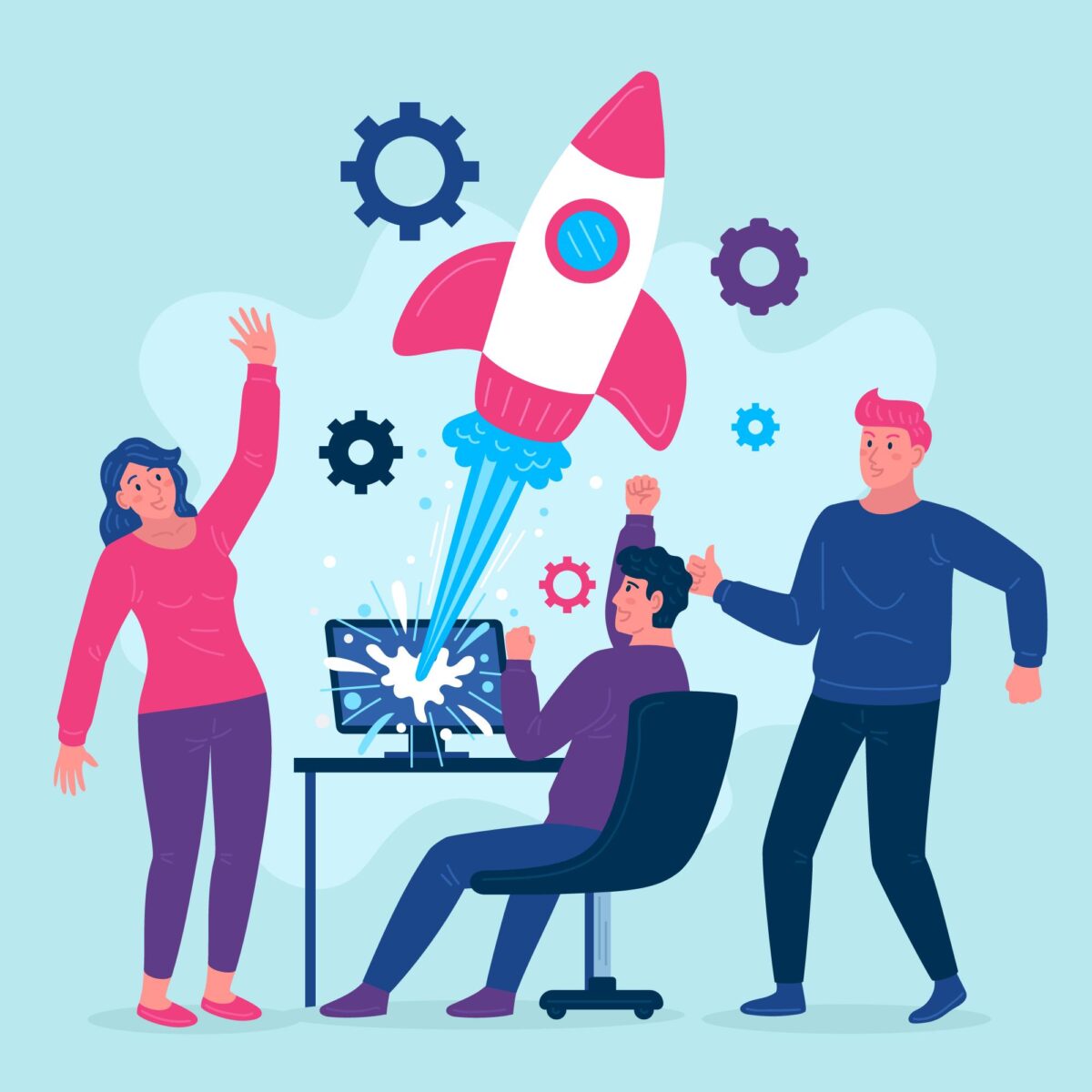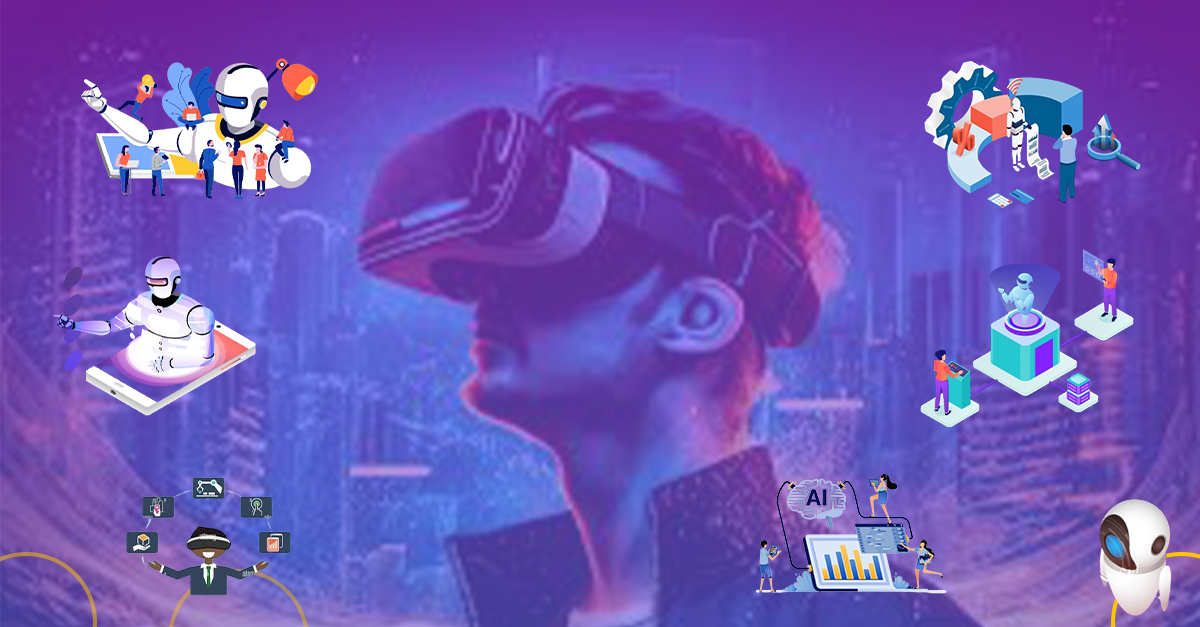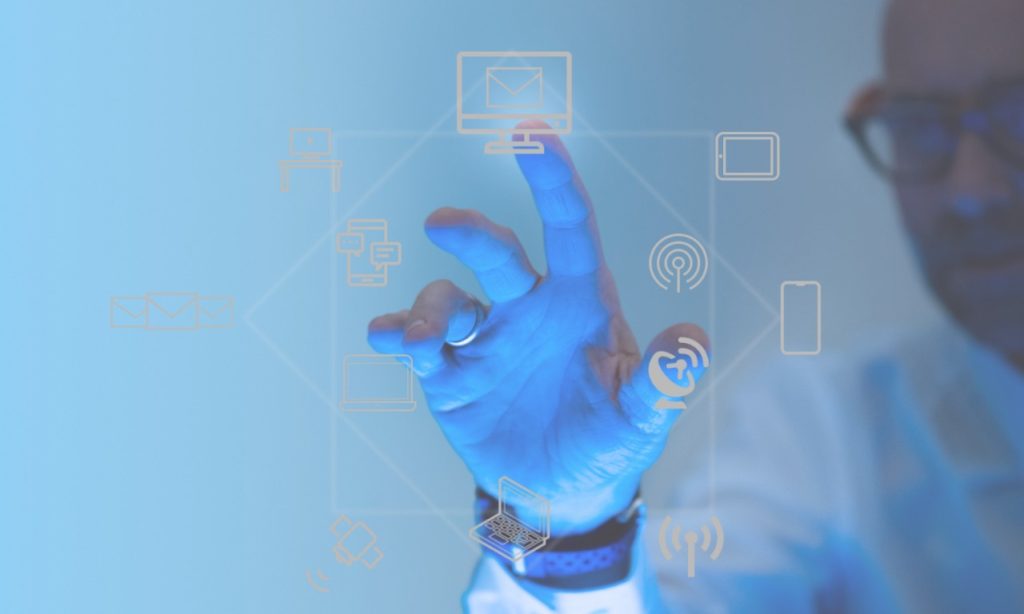The Power of Transforming Technologies in Driving Business Growth

In today’s fast-paced and highly competitive business landscape, organizations are constantly seeking ways to stay ahead of the curve. One of the most powerful tools at their disposal is transformative technologies. These technologies have revolutionized the way businesses operate, enabling them to streamline processes, enhance productivity, and drive innovation. In this blog, we’ll explore how transforming technologies play a pivotal role in driving business growth across various sectors.
Operational Efficiency:
Transforming technologies, such as robotic process automation (RPA), artificial intelligence (AI), and machine learning (ML), have significantly improved operational efficiency for businesses. By automating repetitive tasks and streamlining workflows, organizations can accomplish more with fewer resources. This not only reduces costs but also minimizes the likelihood of errors, leading to smoother operations and higher output.
Data Analytics and Business Intelligence:
In today’s data-driven world, harnessing the power of data analytics and business intelligence is essential for informed decision-making. Advanced analytics tools enable businesses to extract valuable insights from vast amounts of data, helping them identify trends, forecast market demand, and understand customer behavior. Armed with this knowledge, organizations can make strategic decisions that drive growth and profitability.
Improved Communication and Collaboration:
Effective communication and collaboration are critical for success in any business. Transforming technologies have revolutionized the way teams interact and work together, regardless of their geographical location. Collaboration tools, such as video conferencing, project management software, and cloud-based document sharing platforms, facilitate seamless communication and collaboration, leading to faster decision-making and increased productivity.
Innovation and Product Development:
Innovation is the lifeblood of any successful business. Transformative technologies provide organizations with the tools they need to innovate and develop new products and services. From rapid prototyping and simulation tools to AI-driven design and development platforms, businesses can experiment and iterate more quickly, bringing innovative solutions to market faster than ever before.
Enhanced Customer Experience:
In today’s hyper-connected world, delivering an exceptional customer experience is essential for building brand loyalty and driving growth. Transforming technologies enable businesses to personalize the customer experience, anticipate needs, and deliver targeted solutions. Customer relationship management (CRM) systems, data analytics, and AI-powered chatbots are just a few examples of technologies that enhance the customer experience, leading to increased satisfaction and loyalty.
Global Reach and Market Expansion:
Thanks to the internet and digital technologies, businesses can now reach a global audience with relative ease. E-commerce platforms, digital marketing tools, and social media networks enable organizations to expand their market reach and target customers across borders. By embracing transforming technologies, businesses can tap into new markets and unlock new growth opportunities.
Supply Chain Optimization:
Efficient supply chain management is critical for businesses to remain competitive and meet customer demand. Transforming technologies, such as blockchain, IoT (Internet of Things), and predictive analytics, enable organizations to optimize their supply chains, reduce costs, and improve efficiency. Real-time tracking, predictive maintenance, and data-driven insights help businesses streamline operations, minimize disruptions, and deliver products to market faster.
Adaptation to Changing Markets:
In today’s dynamic business environment, agility is key to success. Transforming technologies empower businesses to adapt quickly to changing market conditions and emerging trends. By staying abreast of the latest technological advancements and embracing innovation, organizations can pivot their strategies, capitalize on new opportunities, and navigate challenges with confidence.
In conclusion transforming technologies have transformed the way businesses operate, enabling them to drive growth, foster innovation, and stay competitive in an increasingly digital world. From improving operational efficiency and enhancing communication to fueling innovation and expanding market reach, these technologies are reshaping the future of business. By embracing transformative technologies and leveraging their power, organizations can unlock new opportunities, drive sustainable growth, and thrive in the ever-evolving business landscape.






















